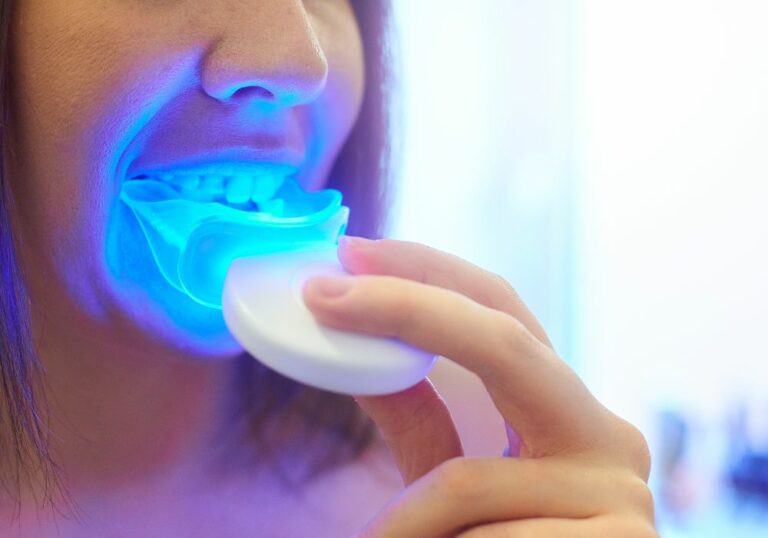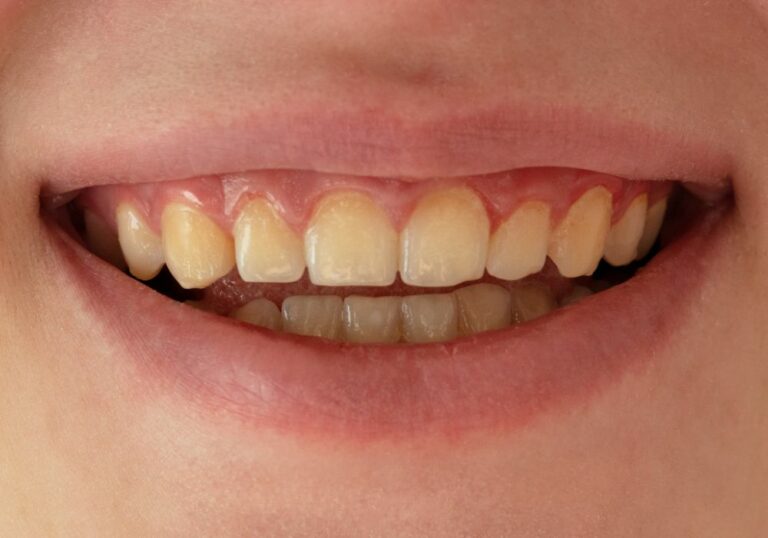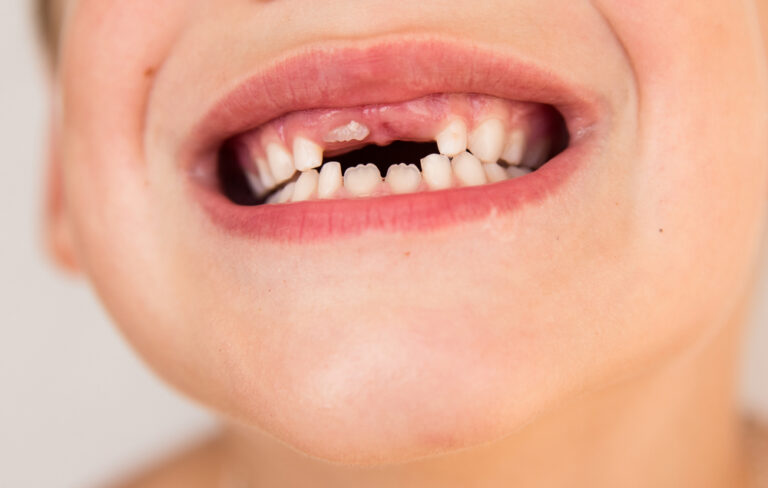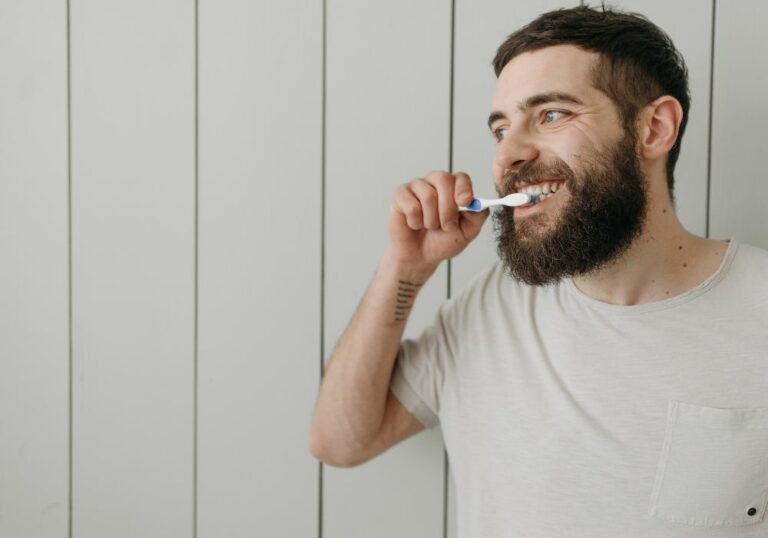Braces have long been the go-to option for straightening teeth and correcting bite issues. But in recent years, there has been growing interest in alternatives that don’t require a mouth full of metal. New clear aligner systems, retainers, and other orthodontic devices offer the possibility of straighter teeth without braces. But is it really possible to straighten teeth effectively without braces? Let’s take a look at the pros and cons of some popular non-brace options.
3 popular non-brace options
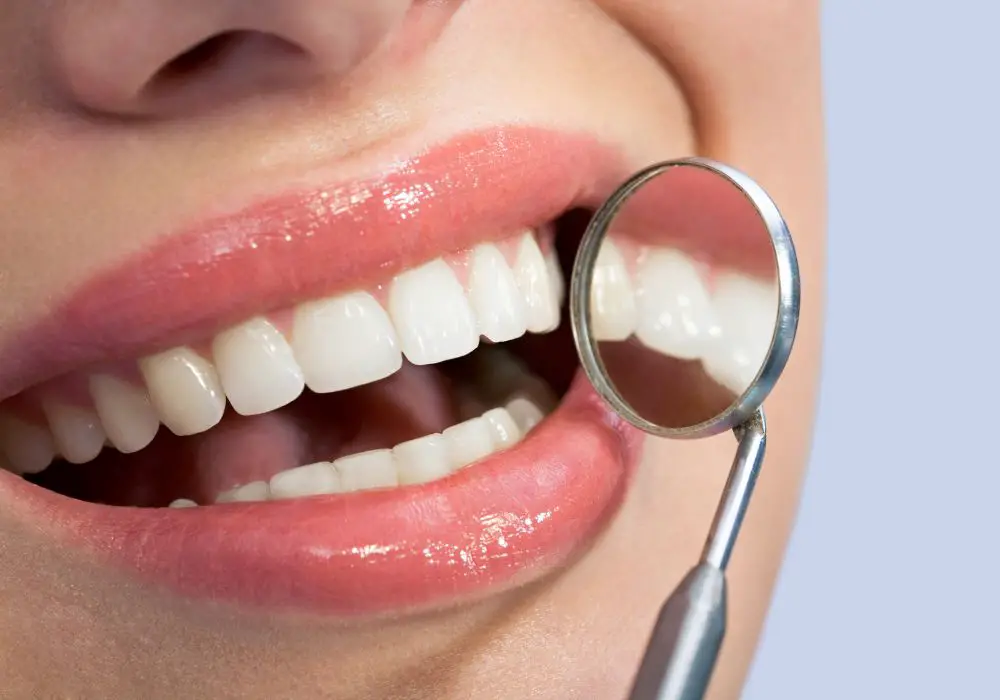
Clear aligner systems
Clear aligners like Invisalign have surged in popularity as an aesthetic alternative to braces. These systems use a series of custom-made, clear plastic aligners that incrementally move teeth into place over time. Aligners must be worn for 20-22 hours per day and changed out every 1-2 weeks during treatment.
Pros
- More discreet than braces
- Can be removed for eating, brushing and flossing
- No food restrictions
- Less irritation to cheeks/gums
- Shorter treatment times for minor issues
Cons
- Not suitable for severe misalignment issues
- Aligners can be lost or broken
- Must be diligent about wearing aligners as directed
- Can have lisp at start of treatment
- Aligners do not allow for bite adjustment
Overall, clear aligners work very well for mild to moderate alignment issues. But for more complex cases, traditional braces are usually still necessary.
Retainers
Retainers are custom-made devices, usually made of plastic and wire, that hold teeth in position after braces treatment. But some types of retainers can also be used to subtly shift tooth position if worn consistently over time.
Pros
- Less noticeable than braces
- Can correct minor alignment issues
- Also maintain teeth position after orthodontic treatment
Cons
- Only work for minor crowding/spacing
- Must be worn as much as possible
- Can be dislodged by teeth grinding
- May require adjustments by orthodontist
Retainers are great for preserving straighter teeth after braces. But their ability to move teeth is relatively limited compared to more comprehensive orthodontics.
Dental aligners
There are now several brands of dental aligners available for home use. These provide a series of disposable, custom-molded aligners designed to gradually shift teeth position over time. Some popular home aligner brands include Candid, Smilelove and Alignerco.
Pros
- More affordable than professional treatments
- Convenient home-based treatment
- Subtle appearance
Cons
- Not customized by an orthodontist
- Movement is limited to mild/moderate cases
- Requires discipline to wear consistently
- No ongoing supervision by orthodontist
For simpler cases, dental aligners can produce noticeable improvements. But care must be taken to follow usage guidelines carefully, as there is no orthodontist overseeing the treatment process.
Is professional orthodontic treatment required?
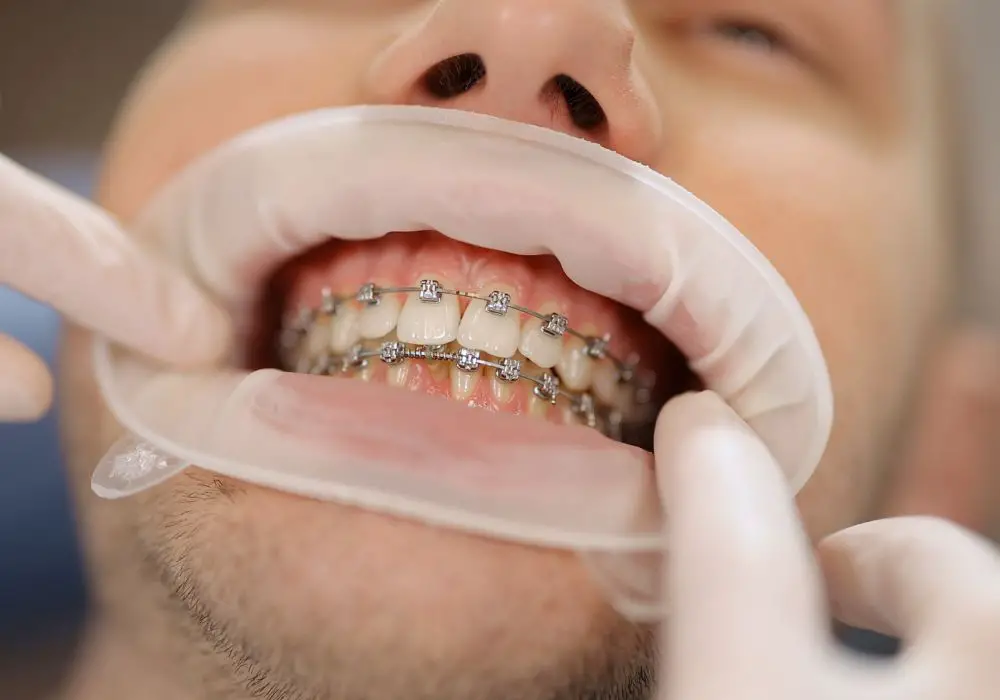
While alternatives to braces are now available, traditional braces still provide the most effective method for achieving significant orthodontic correction. Here are some scenarios where braces are recommended over other methods:
- Severe overcrowding or gaps between teeth
- Crossbites, underbites or overbites (misaligned jaws)
- Impacted, blocked-out or twisted teeth
- Complex bite alignment issues
Only braces allow for detailed control and safe adjustment of teeth position as well as bite alignment. Clear aligner systems can be successful for moderate crowding or spacing. But for anything beyond that, braces are typically the best choice. An orthodontist can provide an expert evaluation of which treatment is right for your needs.
What affects how well teeth can shift without braces?
Several factors influence how much teeth are able to be moved and straightened without fixed braces:
- Severity of misalignment – Mild to moderate issues have the best outcome. Severe crowding, gaps, or bite problems respond better to braces.
- Teeth position – Teeth that are crossed, blocked-out or twisted are more difficult to move without braces.
- Jaw misalignment – Overbites, underbites and other jaw issues require braces and orthognathic surgery.
- Age – Younger patients generally have an easier time with tooth movement. Adults, especially those over age 40, have less malleable bones and periodontal ligaments.
- Gum and bone health – Periodontal disease can restrict movement without braces. Some enhancement procedures may be required first.
- Compliance with appliance wear – Consistently wearing aligners or retainers as directed is key to achieving desired movements without braces.
While minor adjustments are possible without braces, major realignment requires the detailed control that only braces can provide. An orthodontist can evaluate your particular situation to determine which treatment options are viable.
Options for straightening front teeth without braces
Many people are bothered most by visibly crooked front teeth. Here are some options that can potentially straighten the front 6-8 teeth without full braces:
- Clear aligners – Brands like Invisalign can improve mild front-tooth crowding and spacing issues. Aligners need to be worn 20-22 hours per day.
- Front-tooth aligners – Clear aligners or orthodontic devices that focus only on the front teeth may suffice for minor crowding or gaps.
- Cosmetic contouring – Reshaping teeth slightly through enameloplasty can help align edges of front teeth.
- Composite bonding – Tooth-colored resin can be added to edges of teeth to improve appearance or close small gaps.
- Dental veneers – These customize shells of porcelain can mask irregularities and create straighter-looking front teeth. Veneers do require reshaping natural teeth extensively first.
- Limited braces – Braces or Invisalign applied only to the front 4-6 teeth can eliminate crookedness while being less extensive.
Mild alignment issues may be sufficiently improved through selective methods. But more complex malocclusions still benefit most from full orthodontic braces and treatment. An orthodontist can determine the best options for the specific cosmetic improvements you want to achieve.
Can Invisalign work as well as braces?
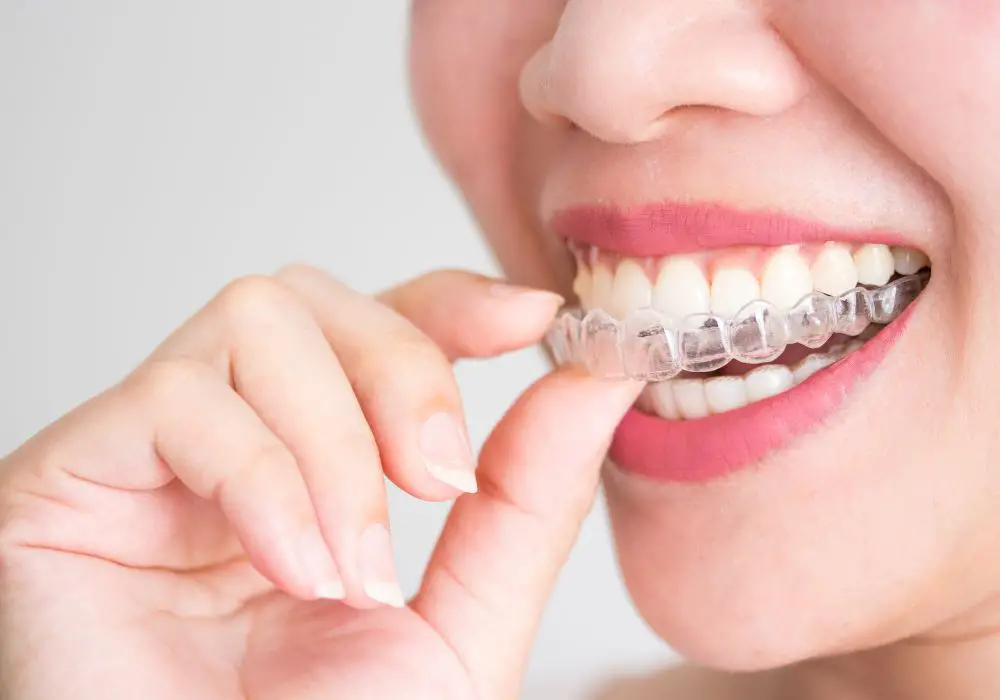
Invisalign clear aligners have soared in popularity as an alternative to braces. But how does Invisalign actually compare to braces in its ability to move teeth and improve alignment?
Alignment Capabilities
- Braces can correct more severe misalignments involving crowded, blocked out or twisted teeth. Invisalign is better suited to mild/moderate crowding and spacing issues.
- Braces offer more detailed control over intricate tooth movements. Invisalign largely relies on the sequence of pre-programmed aligner trays.
- Invisalign aligners cannot adjust bites and occlusion as braces can. This may limit improvements to misaligned jaws.
Treatment Time
- Braces often take 12-24 months to complete full orthodontic treatment. Invisalign average treatment times range from 6-18 months.
- Invisalign requires changing aligners approximately every 1-2 weeks. Braces allow more gradual, continuous adjustment of teeth position.
- Some Invisalign cases involve “refinement” trays or additional rounds of treatment to achieve desired results. This can extend overall treatment time.
Comfort and Convenience
- Invisalign aligners are more comfortable and discreet than braces. Though there can be adjustment discomfort when switching to new trays.
- Invisalign makes it easier to maintain oral hygiene and requires no dietary changes. Braces take more work to brush and floss around.
- Invisalign allows for aligner removal during eating and some social occasions. Braces remain fixed 24/7 throughout treatment.
For simpler cases focused on front teeth alignment, Invisalign can match braces in effectiveness. But for addressing more complex orthodontic issues, braces continue to offer superior treatment capabilities. An orthodontist can advise you on which option best meets your needs.
Non-traditional straightening options
Beyond standard braces and aligners, there are some less conventional appliances that can incrementally shift teeth position over time:
- Tooth-positioning appliances – Custom-made devices that use metal springs or wires to create constant, controlled pressure on specific teeth.
- Myobrace – A prefabricated system of oral appliances applying myofunctional therapy techniques to address poor oral muscle habits affecting tooth position and jaw growth.
- Aligners with micro-implants – Clear aligner therapy used in conjunction with small temporary anchorage devices (miniscrews) implanted in the bone to facilitate more challenging tooth movements.
- Mandibular anterior repositioning splint (MARS) – An adjustable nighttime dental splint designed to shift the lower front teeth and jaw forward for a better position. Primarily used for TMJ dysfunction and sleep apnea symptoms.
- Incognito lingual braces – Customized braces bonded to the back surfaces of teeth making them nearly invisible. Allows for detailed tooth movements with very discreet braces.
These therapies can be effective for mild to moderate cases when applied diligently over longer timeframes. But results still tend to be more limited compared to full comprehensive braces. Proper diagnosis and oversight by an orthodontist is recommended when using these nontraditional methods for tooth straightening.
Lifestyle habits that influence natural teeth straightening
While orthodontic appliances are usually required for significant teeth straightening, certain lifestyle habits can potentially help complement the process:
- Proper tongue posture – Keeping correct tongue position against the palate when swallowing and at rest can guide erupting teeth into a better position.
- Chewing habits – Chewing evenly on both sides helps keep even pressure on teeth. Avoiding hard foods like ice or crunchy snacks helps prevent cracked/chipped teeth.
- Lip seal – Keeping lips gently sealed over teeth without pressure minimizes risk of protrusion or spacing between front teeth.
- Oral parafunctional habits – Eliminating any habits like sucking fingers/thumbs or chewing pens minimizes distortion of natural tooth position over time.
- Head and neck posture – Keeping proper upright head posture helps ensure correct jaw alignment for optimum teeth positioning.
While supplemental to orthodontic treatment, focusing on these daily habits can help teeth align more naturally into an ideal position. Proper habits may also help reduce need for major corrections later. But for any existing moderate to severe misalignment, braces remain the most effective solution.
FQA
Is it possible to straighten teeth with only clear aligners or retainers?
For mild to moderate spacing or crowding issues, clear aligner therapy or retainers may be sufficient to achieve desired straightening. But for more severe misalignments, only braces allow for the intricate control needed to fully realign teeth and adjust bites. An orthodontist can advise if clear aligners or retainers alone can address the extent of correction needed.
Can I close gaps between teeth without braces?
Minor gaps of 1-2mm between teeth may potentially be closed over time using clear aligners, retainers, or other appliances worn consistently. But larger spaces involving multiple teeth often require braces and orthodontic wires with tension that bring teeth together gradually and safely. An orthodontist can assess if spaces can be closed without braces or if fixed orthodontics are needed.
What is the fastest way to straighten teeth without braces?
For mild issues, clear aligner therapy tends to offer the fastest teeth straightening without braces. Systems like Invisalign can complete minor crowding/spacing correction within 6-12 months through consistent aligner tray changes every 1-2 weeks. More significant improvement generally requires comprehensive treatment with braces for the safest, most efficient tooth movement.
Can crowded teeth be fixed without braces?
Mild front teeth crowding may be reduced using clear aligners, limited braces or enamel reshaping procedures. But moderate to severe crowding involving multiple teeth will benefit most from full braces. Only braces allow for the intricate control and order of tooth movements needed when teeth are extensively blocked out of position. An orthodontist can determine whether your degree of crowding requires braces or not.
What is the most effective way to straighten teeth without braces?
There is no single most effective braces alternative. Clear aligners and retainers can produce noticeable improvements for mild issues with diligent wear. For moderate cases, limited braces focusing only on front teeth may work well. Incognito lingual braces can straighten teeth invisibly from behind. An orthodontist can advise the best non-brace options suitable for the specific issues involved. But for severe, complex cases, braces tend to be necessary.


